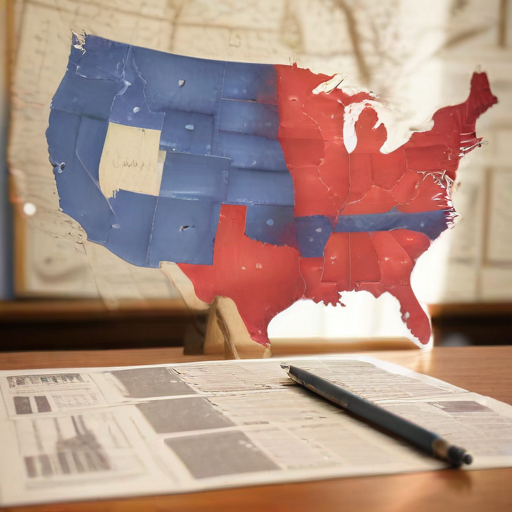The Electoral College is a distinctive method used in the United States for electing presidents, setting it apart from a straightforward popular vote system. This approach has significant implications for the strategies candidates adopt during their campaigns. Notably, former Presidents Donald Trump and George W. Bush both won the presidency by securing the Electoral College, despite losing the popular vote during their respective elections.
Critics, particularly within the Democratic party, argue that the Electoral College tends to favor Republican candidates. Many advocate for a shift to a simple majority voting system for presidential elections. However, changing the Electoral College would necessitate a constitutional amendment, underscoring the complexity of the issue.
The Electoral College is comprised of 538 electors, a framework established by the nation’s framers to delegate more power to the states and to circumvent Congress from selecting the president. In this system, each state allocates its electors based on the popular vote results within that state, although exceptions exist in Maine and Nebraska, where electors are divided according to congressional district and statewide outcomes.
To secure the presidency, a candidate must obtain at least 270 electoral votes, representing a majority of the total. There is a slim possibility of a tie, with such an event leading Congress to make the final decision. This system also results in disparities between the popular vote and the Electoral College outcome, as votes hold varied weight depending on the state’s population.
Electors are determined based on their state’s representation in the House of Representatives and two senate seats, with the District of Columbia receiving three electoral votes despite not having congressional voting representation. Typically, state parties nominate electors; importantly, members of Congress cannot serve in this capacity.
Electoral votes are counted following certification from state election officials, with this year’s voting taking place on December 17. Should a tie occur, elections revert to the House of Representatives, where each state delegation casts a single vote. Historical instances of this have occurred only twice since the 1800s.
Lawmakers retain the ability to object to a state’s results during the congressional certification, although recent changes have reinforced procedural clarity in light of the tumultuous events surrounding the 2020 election. Following certification by Congress, the new or re-elected president is inaugurated on January 20.
California holds the highest number of electoral votes at 54, while states with the lowest representation in the Electoral College, each having three votes, include Alaska, Delaware, North Dakota, South Dakota, Vermont, and Wyoming.
Understanding the intricacies of the Electoral College is vital as Election Day approaches, emphasizing how candidates need to navigate this unique system to secure victory. The hope remains that, as the processes evolve, they may adapt in ways that resonate more closely with the voices of all Americans.
